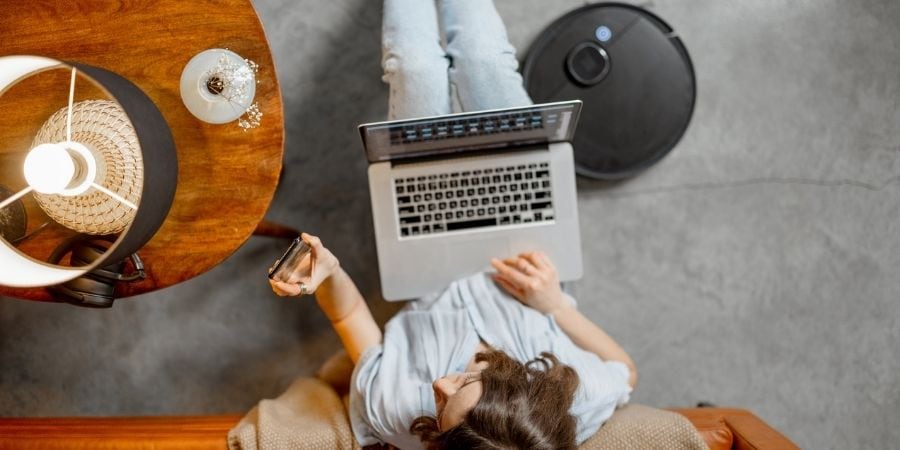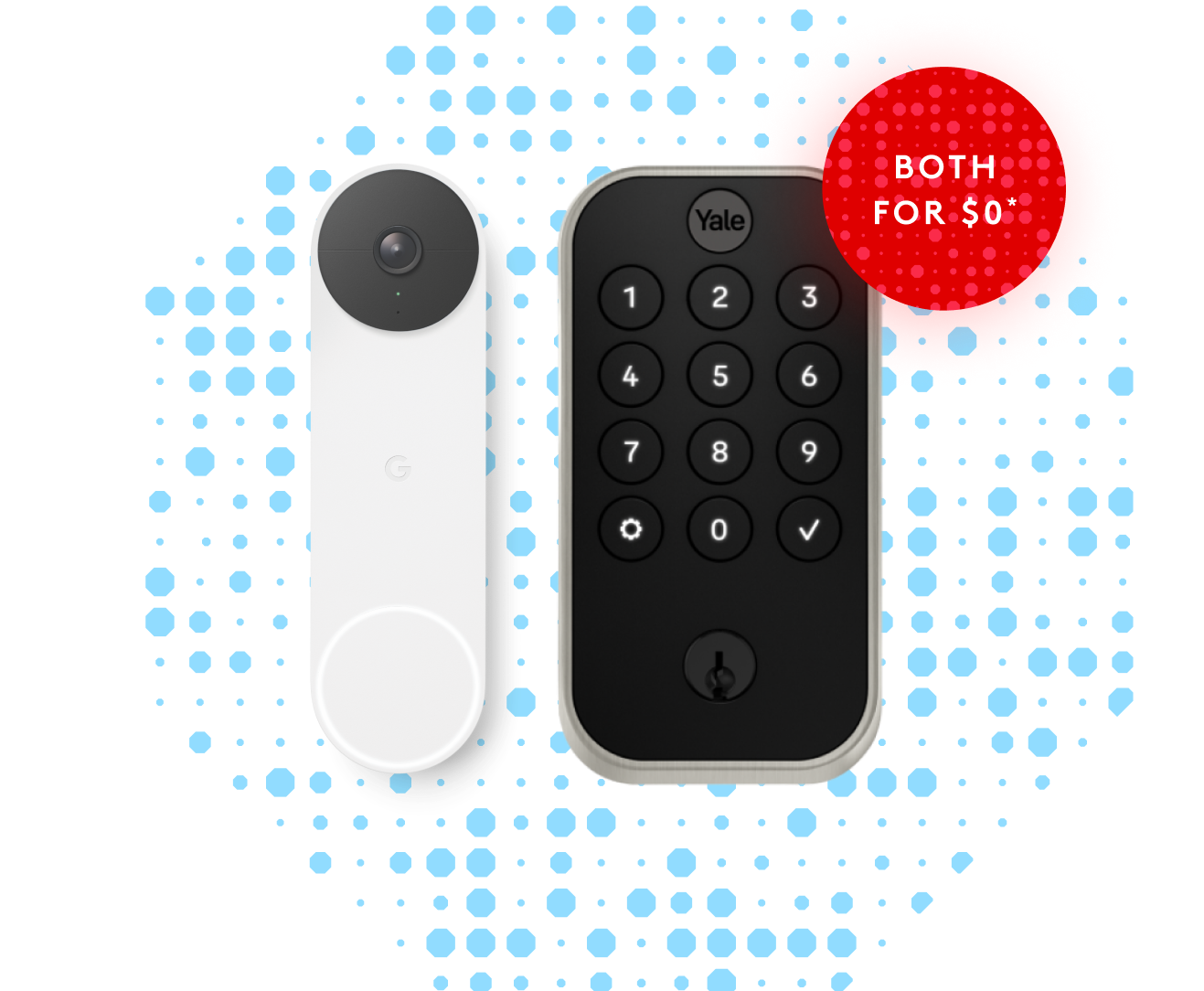Automating your home with smart devices and appliances can help you save on energy costs. And, best of all, it doesn't have to cost a fortune!
We’ve created a practical guide to help you figure out how you can integrate the latest in smart technology to make your home a smart home!
What to consider when starting a smart home project?
Starting a smart home project may seem like a daunting task. But the best thing about adding smart devices to your home is that you don't have to do everything at once; you can add a device here and there until your project is complete. By making your home smart over several months or even years, you'll be able to budget the project out in a way that makes sense to you.
Smart devices to you add to your home to help make it safer:
You can start off with a smart fire detector or a smart carbon monoxide detector, smart locks or a video doorbell system, or all of them. This will help you cover your bases both inside and outside your property.
Is the tech for you, or are you renovating your home to sell it?
You may install equipment now that is outdated, but if it’s still useful, it may still be worth it. A smart thermostat is one of the most popular smart home devices and will likely hold its value for several years. Upgrading it will cost a few hundred dollars but still add plenty of value.
What do you want to automate in your home?
Automation is most useful when it simplifies daily tasks or helps make your life more comfortable. For example, if you are annoyed about getting up and turning lights off and on constantly, smart lights can automate this task.
How much smart tech do you want to add?
It's a good idea to know the scope of smart home items you want to add. Are you looking to automate only a few critical areas in your home, or do you want to have an entire suite of smart devices that connect to a hub and speak to each other?
What components make up a smart home?
To set up a basic smart home, we recommend installing a smart home security system first, then move on to smart lights and sensors.


How can you install home automation yourself?
Home automation can be as simple as you want or intricate to support your different routines.
The simpler aspects include appliances and devices you can buy through retailers and set up yourself through a smart hub or application, while more complicated smart devices might be a home security system you’ll pay a professional to install.
Beginner-friendly smart home automation ideas can be done or set up by almost anyone. These often include smart devices that you can plug in or set up and forget about.
Smart CO detectors
Smart fire detectors
Smart sensors: motion, flood, glass break
Smart speakers
Smart shades or shutters
Intermediate smart home automation devices might require some basic knowledge of technology and some degree of maintenance like changing batteries.
Smart smoke and carbon monoxide detectors
Smart faucets and showers
Smart appliances
Smart washing machines and dryers
Experienced smart home automation devices may require more tech or programming knowledge or wiring.
Smart sprinklers
If you’re ever in doubt about how to install something, it’s best to speak to a professional before potentially damaging your home.
How to make your home a smart home?
A smart home hub: This is the "brains" of a smart home. It's the central hub where all of your devices connect and communicate with each other.
An app: An app can serve as a basic control center for smart sensors or devices. Once you've connected your app and smart hub with your devices, you can receive alerts or notifications about your connected devices.
Smart sensors: These sensors receive a trigger (such as motion, an increase in temperature, a drop in water pressure or the presence of carbon monoxide or smoke) and communicate that change with you with a notification or alarm.
Smart appliances or devices: These devices work with your smart hub and apps to help you automate daily tasks or make your life easier anywhere you have an internet connection.
Some examples include smart ovens that send you a notification when your food has reached the correct internal temperature and automatically shut off your range or a smart thermostat that gives you the power to control and program your temperature from virtually anywhere.
Wi-Fi: This is a necessary component for any smart home and is how devices can communicate with each other or through your smart hub. Consider adding a Wi-Fi extender if your home is large or has multiple stories so that your devices can always reach the connection.


What is a home automation hub?
A home automation hub works with your smartphone or tablet, controlling a variety of smart appliances and devices. It is the main communication hub that "speaks" to the rest of your smart devices.
What smart home hub is the best?
Google Nest
Amazon Echo or Amazon Echo Dot
Samsung SmartThings
Apple HomePod
Hubitat
Who are the main home automation companies?
Some home automation companies have a complete suite of devices, while others specialize in a particular product. It ultimately depends on your personal preference. If you have
Here are a few popular home automation options:
Google Home
Amazon Echo
Samsung SmartThings
Xiaomi Mi Smart Home
Apple HomePod
Read more about smart hubs: How to Choose the Right Smart Hub for Your Home
ADT helps you save money and time with smart home security options.
ADT’s Smart Home package integrates with Google Nest products, creating a smart home security system that helps you feel more safe and secure. We have everything you need to make your home even smart at ADT, from a smart thermostat and smart carbon monoxide detector to sensors, cameras, and more.
Frequently Asked Questions about Smart Homes
What is the purpose of a smart home hub?
Lorem A smart home connects all of your smart devices to a central hub, where you can control your various devices through your smartphone or tablet.
What smart devices are most common in a smart home?
It’s probably no surprise to you that smart speakers are owned by over 90 million people in the United States, so they are one of the most popular smart devices people use besides their cellphone.
Related Articles:


